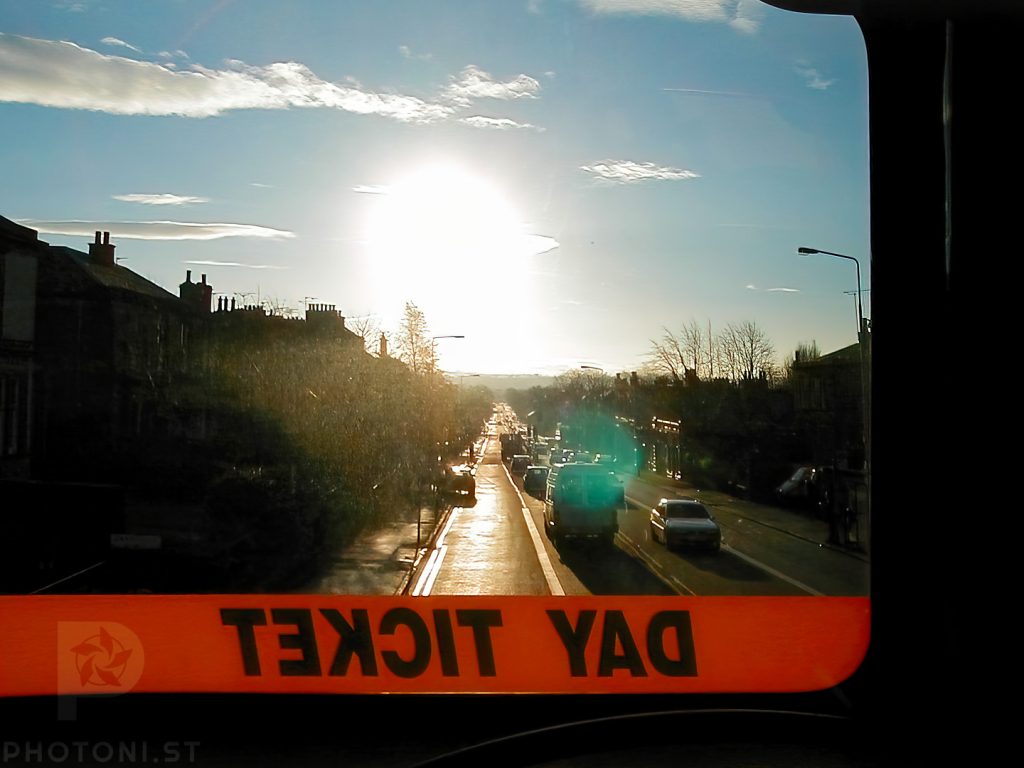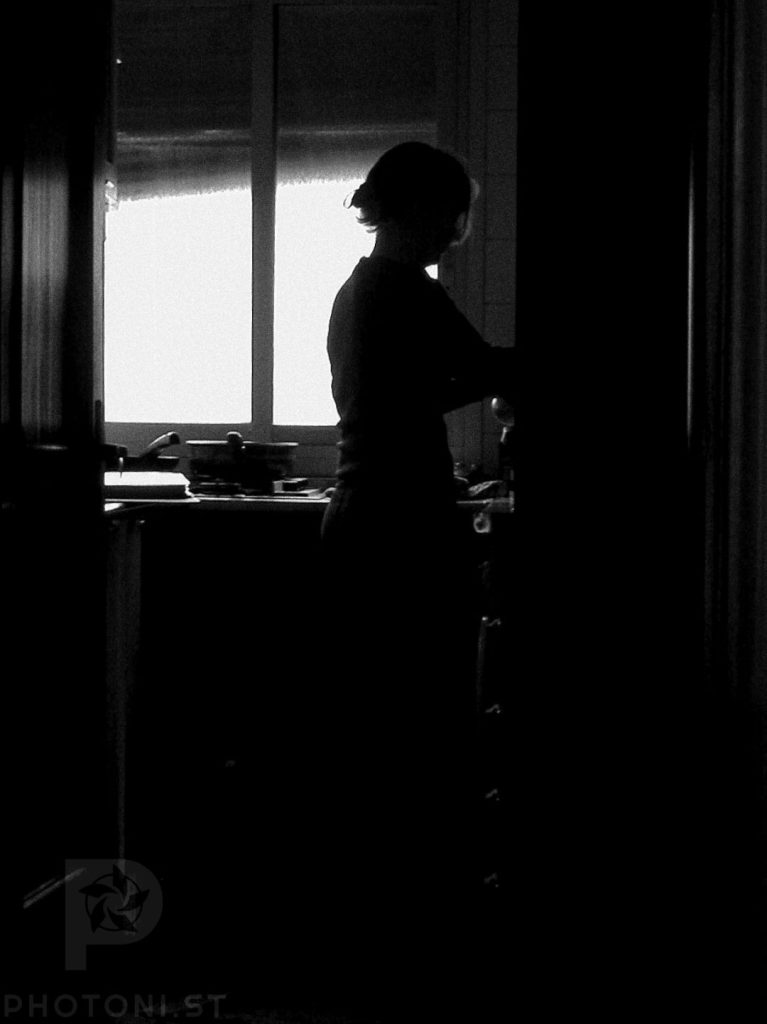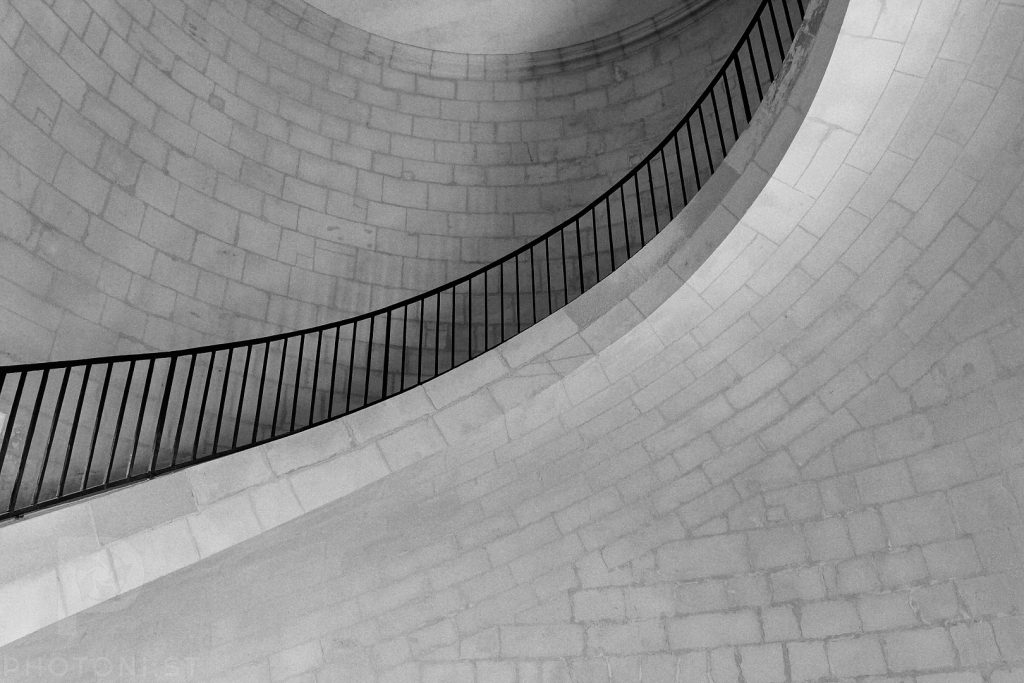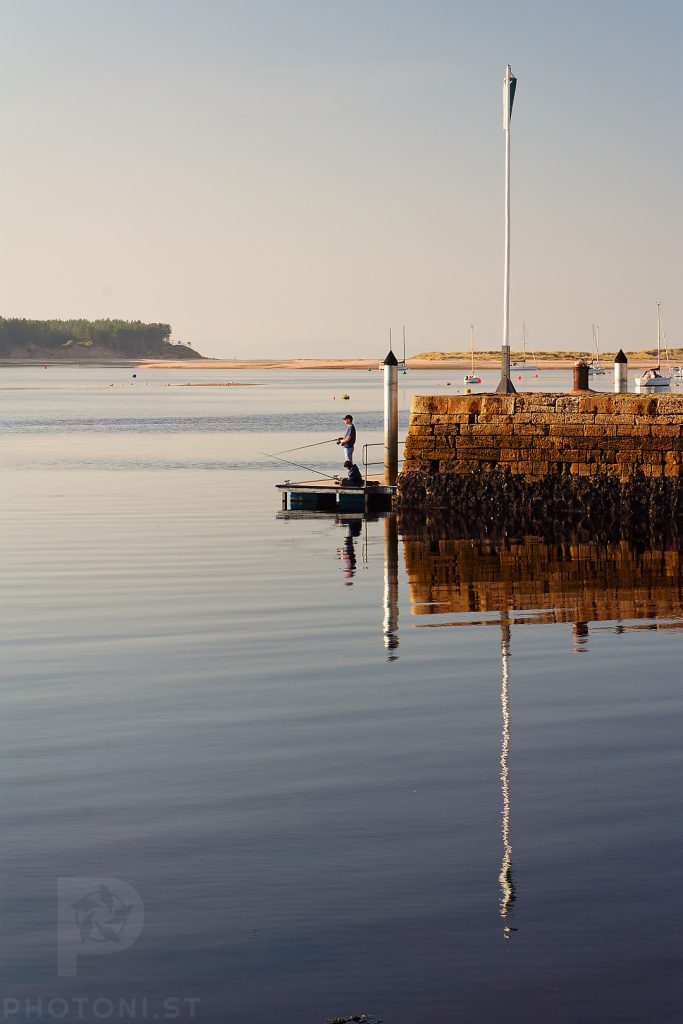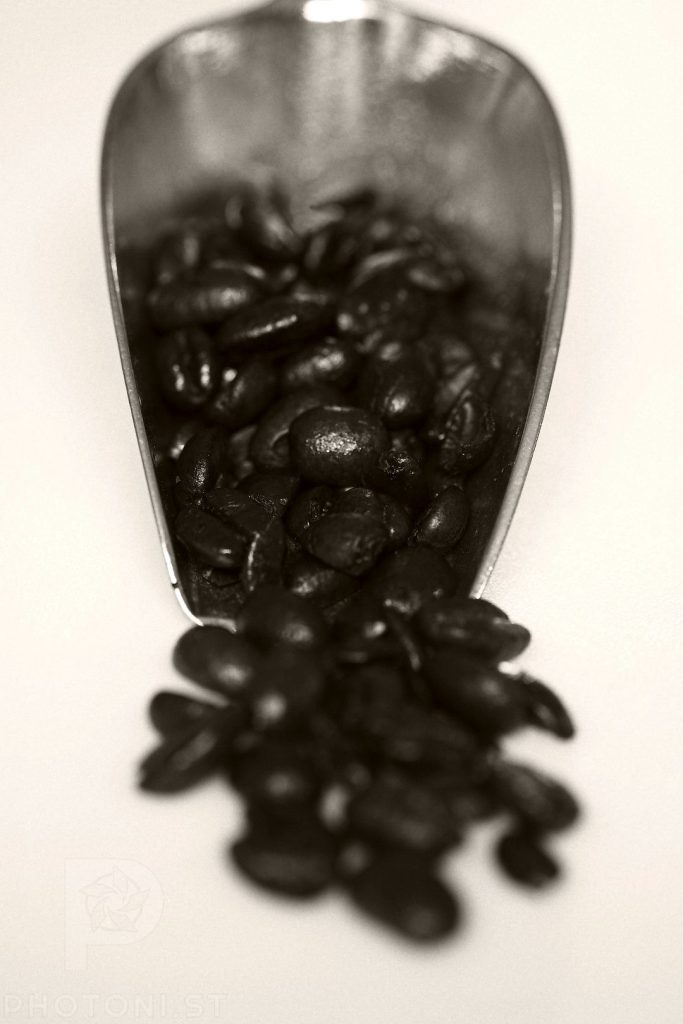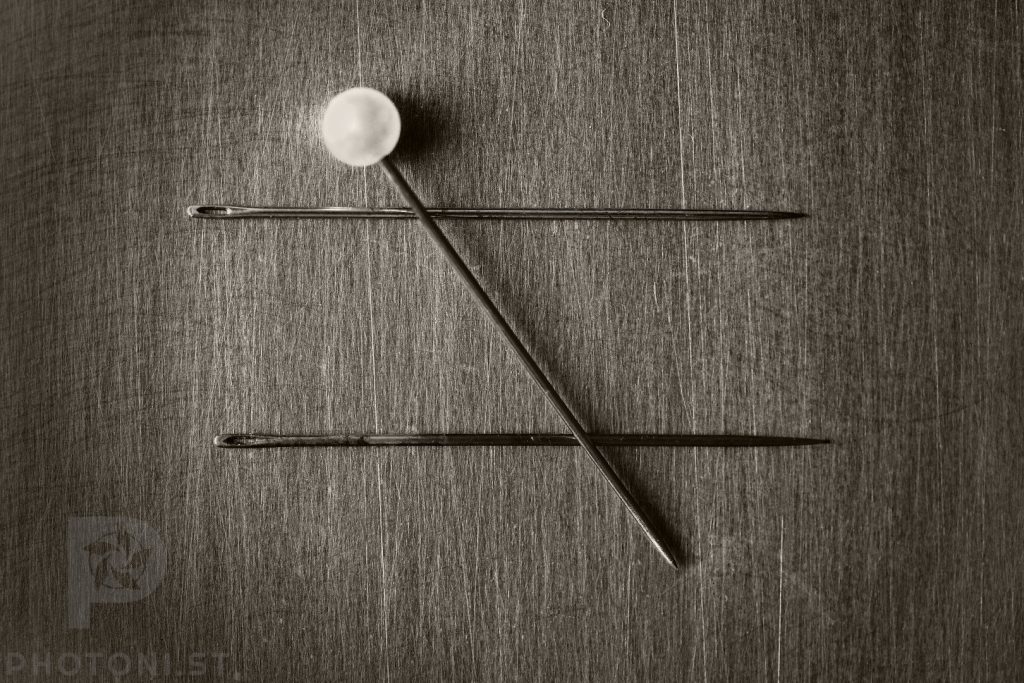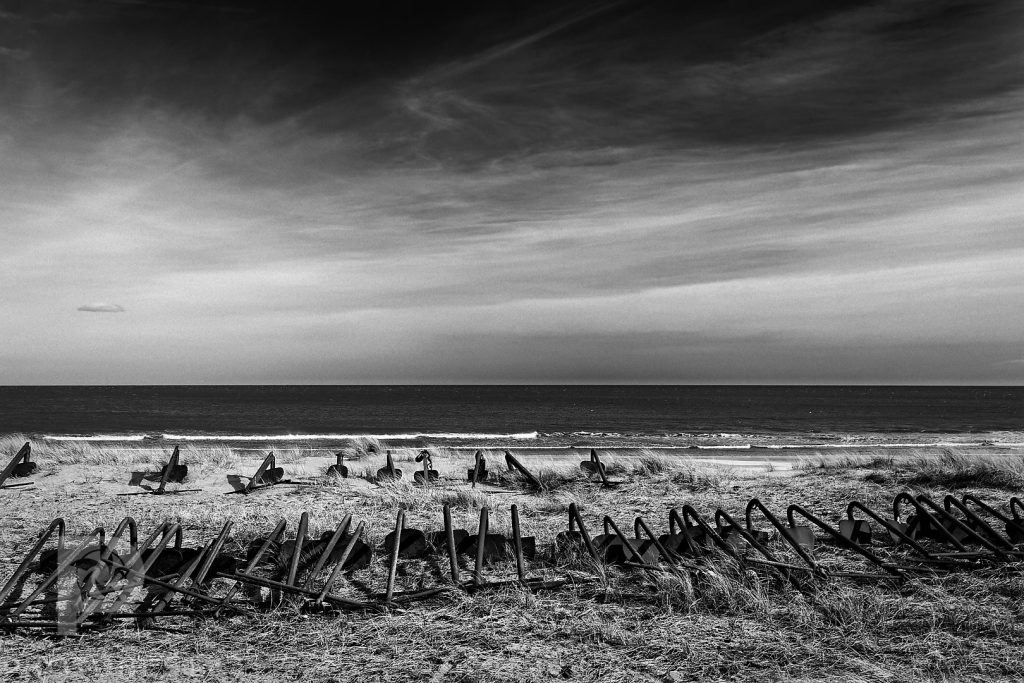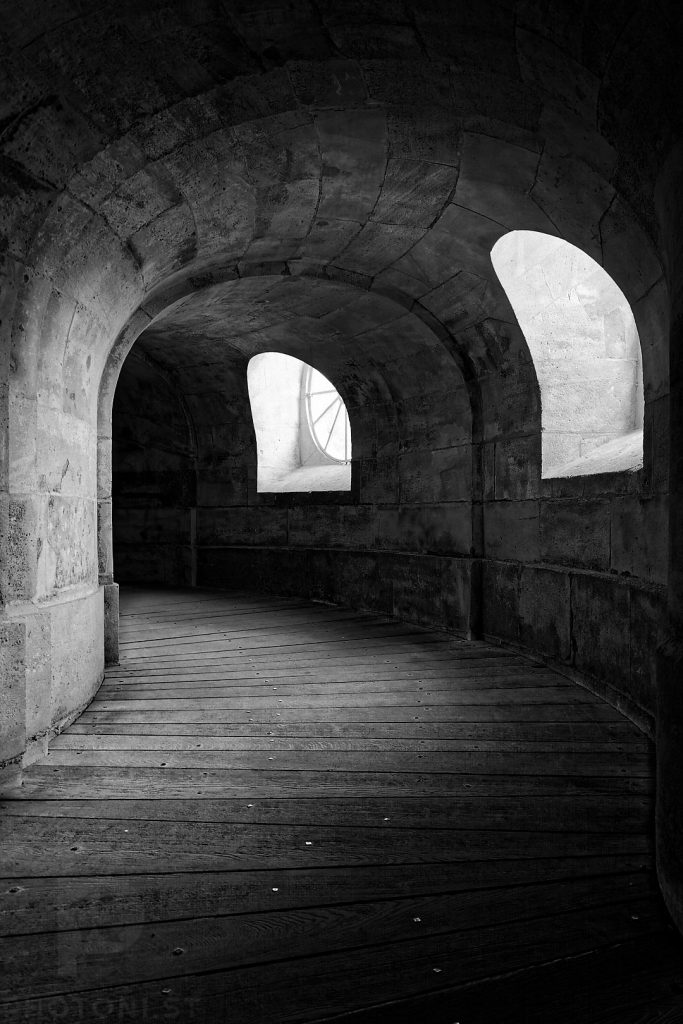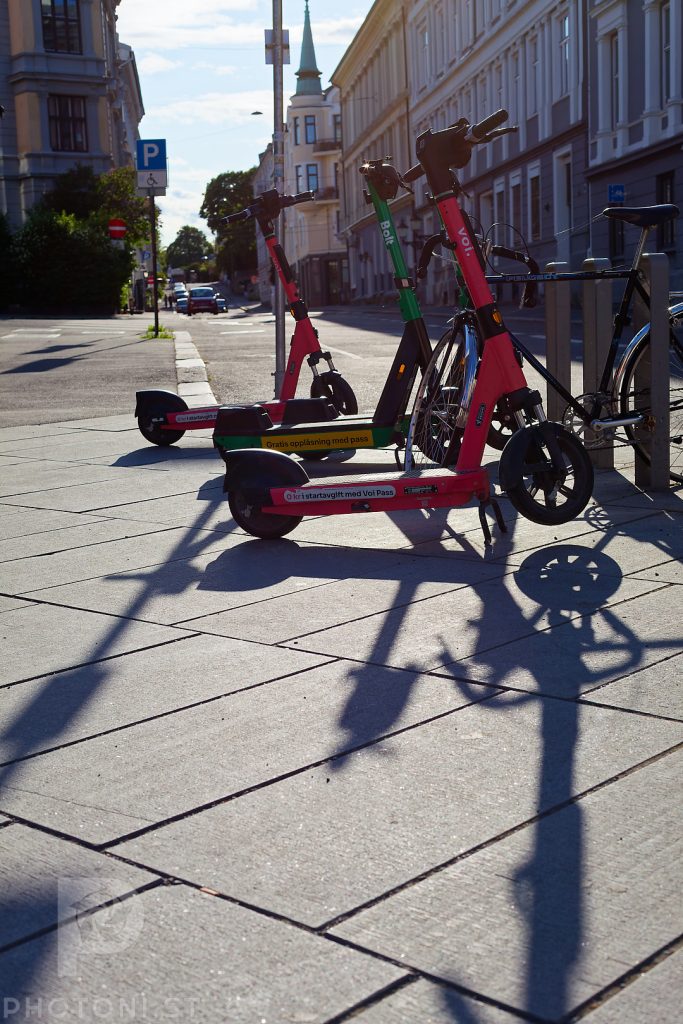I argued a few weeks ago how serious image-making is similar in many ways to scientific research: photographers, like scientists, must master specialised terminology, analyse minute technical details, and engage in lengthy theoretical discussions to truly understand their craft.
I touched on the opposite argument when mentioning how images are consumed on IG and other social media platforms. But there is a larger argument to be had here: photography shouldn’t require a PhD to be appreciated.
As I mentioned when I started this newsletter, I use writing to argue with myself. And in the case of this discussion, I wasn’t entirely finished. But having the whole argument in a single post would have made it way too long and too complicated. This is essentially part 2 of the argument.
